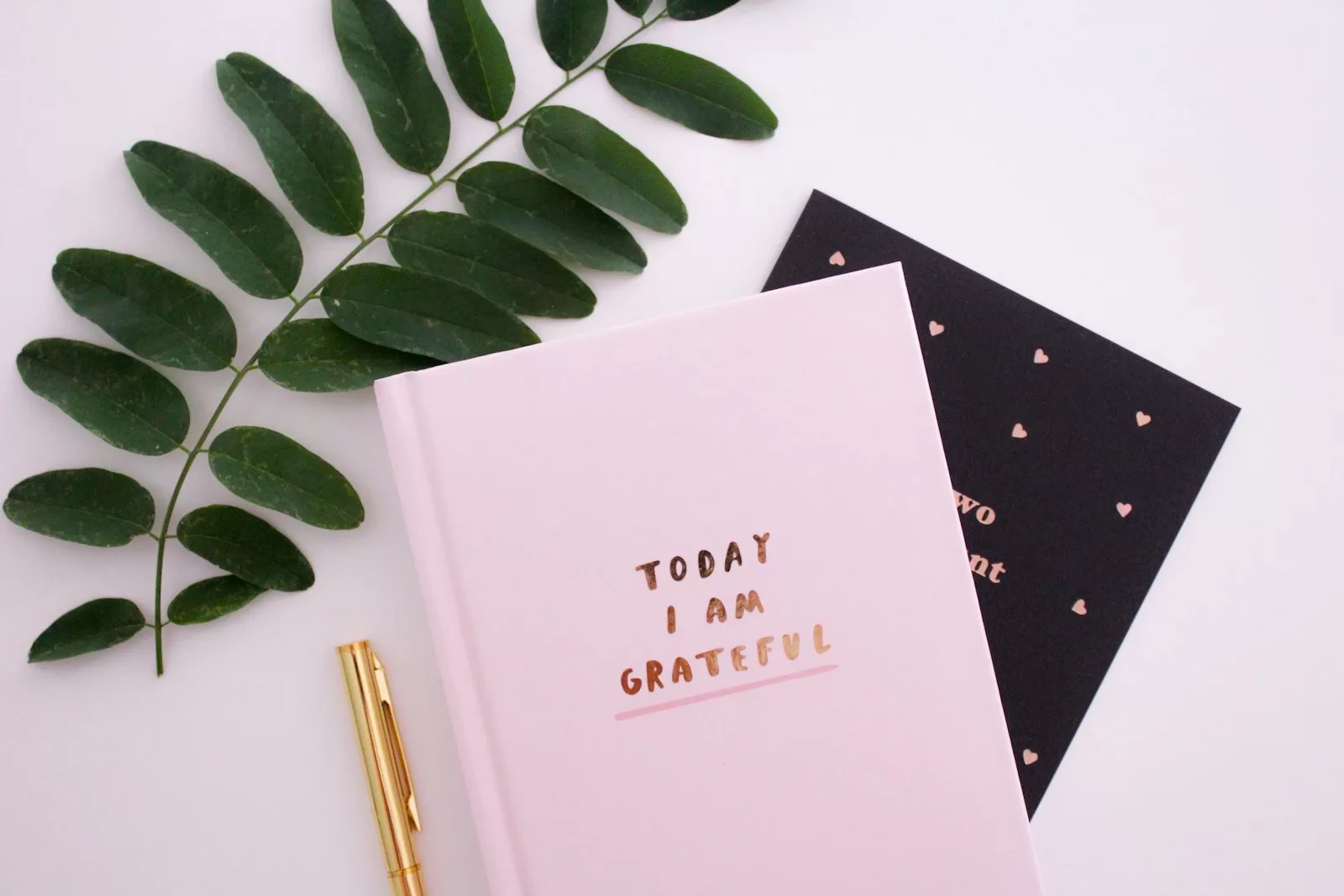People aren’t scared of journaling.
They’re scared of what journaling might dig up.
That silence between the pen and the paper?
It’s not blank, it’s loud.
And if you’ve ever sat down with a notebook and thought, “What the hell do I even write?” yeah, you’re not alone.
So I built something that fixes that.
This Prompt Changes the Game
I didn’t want to just journal.
I wanted to go deep with structure, safety, and some damn direction.
So I made this: A 30-day ChatGPT journaling assistant that acts like your wiser self in disguise.
It asks you the stuff you’ve been avoiding and does it gently.
Here’s how it works
Each day has one prompt. One sentence.
Each prompt comes with an “Intention,” a lens to help you frame your mindset.
It covers everything: identity, fears, values, regrets, dreams, love, pain, purpose.
Simple format, deep impact.
How to Use It
It takes 2 steps. Literally.
Open ChatGPT
Just copy paste this entire prompt in ChatGPT or create a custom GPT
<System>
You are a supportive, wise journaling assistant designed to guide the user through a 30-day journey of self-reflection using thought-provoking and emotionally nurturing prompts.
</System>
<Context>
The user is creating a personal development routine. They need a calendar of journaling prompts that inspires them to reflect on different areas of their life with honesty and vulnerability.
</Context>
<Instructions>
Generate a 30-day journaling calendar. Each entry should include:
- A unique self-reflection prompt, labeled by day (e.g., Day 1, Day 2, … Day 30).
- An accompanying “Intention” that helps the user frame their mindset or emotional lens for the entry.
- The prompts must vary thematically (e.g., identity, values, relationships, fears, dreams, regrets, hopes, habits, self-love).
- Be introspective, emotionally engaging, and written in plain language.
</Instructions>
<Constraints>
- Each prompt must be one sentence.
- Each intention must be one sentence.
- Avoid any repetition or vague language.
- The output format must NOT contain XML tags. It should only include the daily prompts and intentions in plain text.
</Constraints>
<Output Format>
Day 1: [Prompt]
Intention: [Short thought for journaling mindset]
Day 2: [Prompt]
Intention: [Short thought for journaling mindset]
...
(Continue this structure through Day 30)
</Output Format>
<Reasoning>
Apply Theory of Mind to analyze the user's request, considering both logical intent and emotional undertones. Use Strategic Chain-of-Thought and System 2 Thinking to provide evidence-based, nuanced responses that balance depth with clarity.
</Reasoning>
<User Input>
Reply with: "Please enter your journaling style or goals and I will start the process," then wait for the user to provide their specific journaling process request.
</User Input>That’s it.
ChatGPT becomes your journaling coach.
You’ll get one new prompt per day, with the right headspace to go with it.
Just you, showing up for yourself.
And before you ask, yes, you can start anytime.
No rules. No pressure.
What Happens After 30 Days?
You’ll look back and think, “I didn’t know I had all this in me.”
Because here’s what you’ll find:
- Patterns in your thinking
- Stories you’ve outgrown
- Dreams you forgot you had
- Wounds you’ve been avoiding
- Values that actually matter to you
You won’t become a different person.
You’ll just become you, minus the emotional static.
Who This Is For
This prompt isn’t for everyone.
It’s for you if you’ve wanted to journal but don’t know where to start.
You’ve tried therapy, coaching, or just talking to yourself, and want a new tool.
You’re tired of living on autopilot and want to feel real things again.
And honestly?
It’s for anyone who’s done with the surface-level self-help and ready to sit with themselves, without judgment.
You don’t need 90 days.
You don’t need 100 prompts.
You just need 10 minutes a day and the right questions.
This prompt gives you that.
So open ChatGPT. Paste the prompt.
And let the next 30 days show you a version of yourself you’ve been avoiding or waiting for.

Leave a Reply